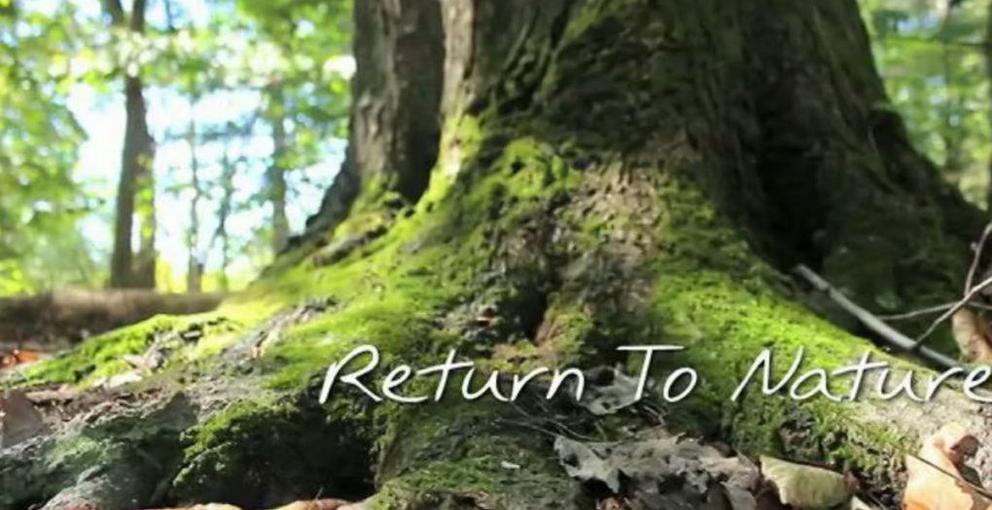Return to nature in the COVID era
Dr. Joseph Mercola’s article on June 25 Staying Healthy in the Age of Tyranny and Deceit was deleted for political reasons. He advised:
“The way things look right now, barring seemingly nothing short of a miracle, the ruling technocracy will indeed achieve their one world government, their New World Order (NWO), now openly discussed under the banners of The Great Reset, the fourth industrial revolution, the “build back better” plan, the Green New Deal, Sustainable Development and many others.
The control grid is being erected all around us; attacks are coming at us from every conceivable angle, all at once. And technological advancements give them advantages that no other tyrant in history had. They literally have the ability now to surveil, monitor and in various ways control the behavior and movement of most humans on the planet.
Already, we can see they’ve queued up more “emergencies” in the form of pandemics, climate change, famine and energy shortages, just to name a few. They have many tricks up their sleeve, and we have to be ready for them. How?
Getting Out Of Big Cities
Suggestions include but are not limited to:
- Getting out of densely-populated urban areas and forming parallel communities that aren’t dependent on the state
- Protecting your assets by investing in real assets that can’t be vaporized by grid failures or bank failures
- Investing in food. Learn to grow your own food, stock up on nonperishables, and befriend local farmers
- Securing alternative sources of energy and transportation
Post-collapse, we’ll eventually have to reinvent and rebuild basically everything — education, and the medical, financial and food systems. While some are trying, I do not believe we can change these systems while the old systems are still in operation. They’re too powerful.
This is particularly true for medicine. They destroy anyone who attempts to compete at scale. So, as illustrated in the book, “Atlas Shrugged,” the old system must essentially be allowed to self-destruct, and then the survivors can rebuild something brand-new. Knowing how to care for your health, then, becomes truly crucial, because that’s the only way you’ll make it through whatever’s coming.”
For many Americans who live in the big cities, getting out is not so easy. It can involve a radically new way of thinking and relating to the world. It may involve getting in touch with nature in deeper ways which might best be done in small steps. Since I have lived in New York City for most of my adult life, as my first steps staring in May of last year, I bought five Edible Garden plants, joined a community garden, enrolled in a Community Supported Agriculture (CSA) program, and went foraging in Prospect Park.
These are the articles I used to document some of those steps:
- My First Indoor Gardening Steps
- My First Community Supported Agriculture (CSA) Program
- Reflections on My Community Supported Agriculture (CSA) Experience
- Foraging With “Wildman” Steve Brill and Violet.
This year, I enrolled in the New York City Composting Program to get a Composting Certificate. So far, I have taken the 7 required Workshops and have done 19 of the 30 hours of required Volunteer Work. However, I have yet to participate in the two required Field Trips. Fortunately, I have a full year (until April 6, 2023) to complete the requirements.
Fascinating Book and Nature Films
After a fellow composter interested me in the world of animals — especially eagles and beavers, I discovered a series of fascinating films and read Are We Smart Enough to Know How Smart Animals Are?
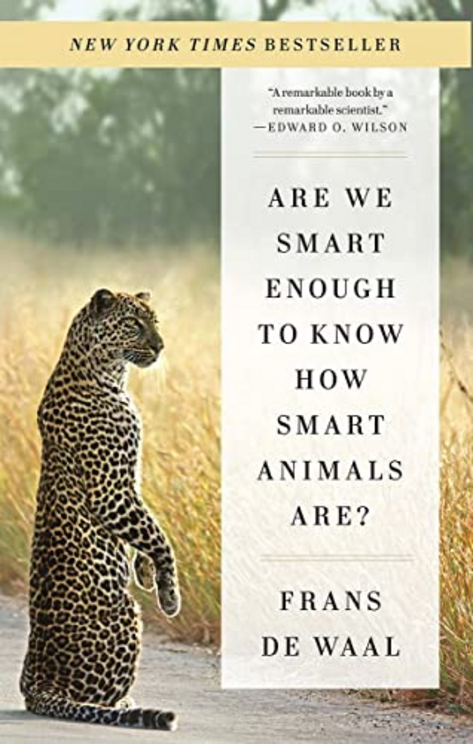
I also watched the following fascinating nature films on Amazon Prime.
The awesome 2015 French film Seasons.
See the review Film Review: French documentary ‘Seasons’ thrills with poetic view of animal history
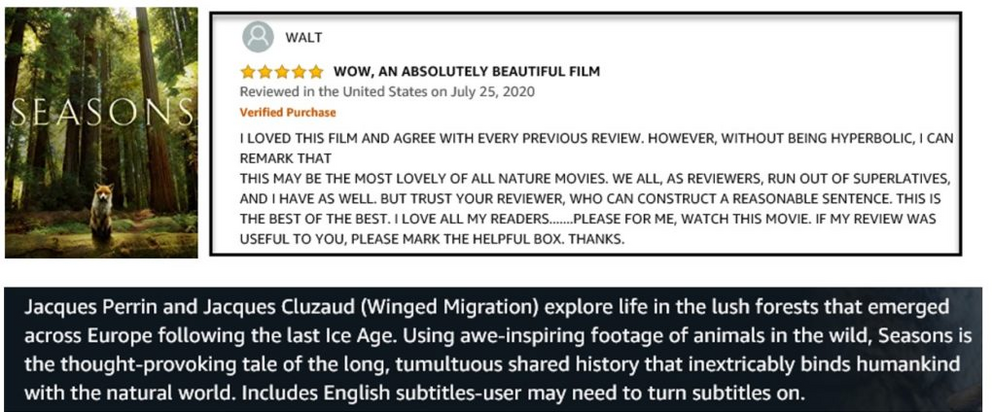
Mind-blowing photography!!! It’s in French with English subtitles — but with little conversation. The film shows Europe through the seasons — and then through the centuries. It begins when humanity was on the same footing as other animals. Gradually through the centuries, people cut back the forests and big animals had to retreat to the mountains. Then farms and cities were created and wars were waged. The film ends with a shot of Paris today. It makes a plea for a return to a better balance with nature. The film says no animals were harmed, but that’s really difficult to understand.
The Bear It’s very hard to know how they did the filming or got the animals to perform their parts. Film says no animals were killed or hurt for the film — but it doesn’t seem possible.
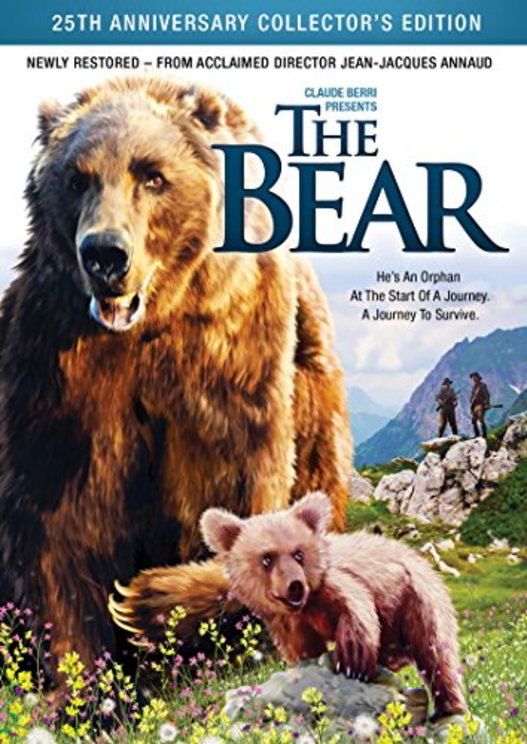
NOVA: World’s Fastest Animal is utterly amazing — both the Peregrine Falcon and the people who investigate it. The falcon (world’s fastest animal) can nose dive at 240 miles an hour and can see a target the size of a tennis ball 3.5 miles away!
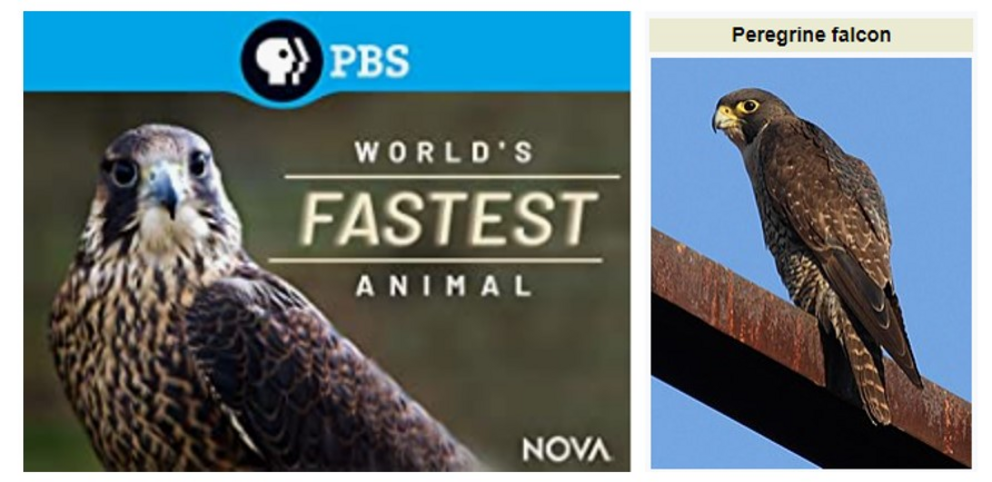
This one was surprisingly informative and beautiful.
Watch Hummingbirds | Prime Video
Hummingbirds Have The Most Colorful Plumage Of All Known Birds
“Scientists have found that hummingbirds may have the most colorful plumage in all the land, says a study published in Communications Biology. The scientists collected over 1,600 reflectance spectra from 114 different species of hummingbirds, and the team calculated the variety of the color found on a hummingbird plumage.”
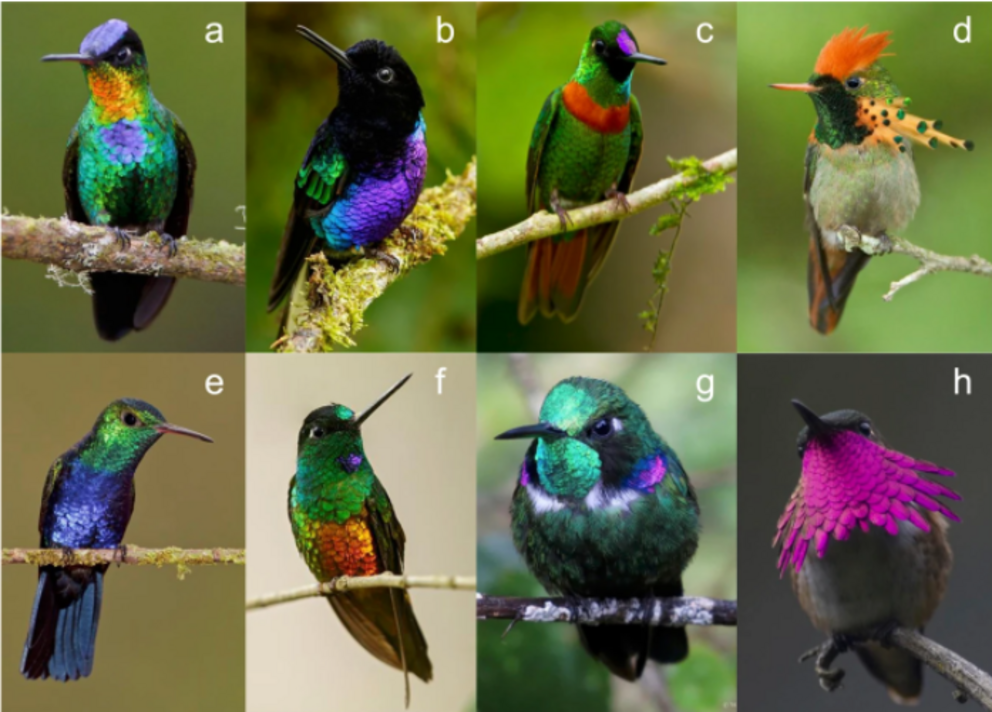
Photographs of males of eight of the 114 hummingbirds. a Panterpes insignis, b Boissonneaua jardini, c Heliodoxa aurescens, d Lophornis ornatus, e Juliamyia julie, f Coeligena bonapartei, g Schistes geoffroyi, and h Atthis ellioti. Photos reproduced with permission of: a–f Glenn Bartley; g Wilmer Quiceno; h John Cahill.
“They found that the variety of plumage colors in hummingbirds equals or exceeds the previous estimates for the variety of colors in plumage of all bird species. In fact, they found that 84.5 percent of the total variety of colors identified in the plumage of all birds were also found in hummingbirds.”
How Wolves Protect Ecosystems
This film explains how the re-introduction of wolves in Yellowstone National Park after 65 years radically enhanced the ecosystem in several ways! Wolves help keep forests and streams healthy which allows many other animals to return and thrive.
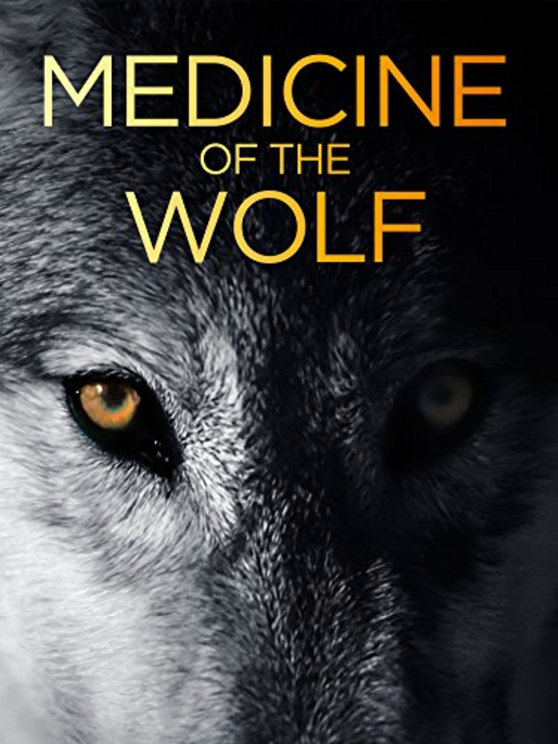
How Wolves Change Rivers – George Monbiot
“This is the story of how wolves changed the course of the rivers in Yellowstone National Park. It is a story that explains trophic cascades; that all life is connected and any changes in the web of life affect all other species, even the way that rivers flow. This story teaches us that our action, great and small, can have dramatic effects on life itself. Instead of viewing each individual species as separate from the whole, we must begin to see how all life is interdependent upon one another.
With this video being released originally on YouTube, having been seen over 43 million times, this video has been credited with changing the hearts and minds of people about wolves, helping to turn them from a sinister villain to an ecosystem engineer. Beyond ecosystems and wolves, this video shows that the world is far more interconnected and interdependent than we imagined.
Only when all of life thrives can humanity thrive. There is no separation. This video went viral nearly 10 years ago and has been used in countless classrooms and museums around the world to teach people the value that every species brings to an ecosystem. We decided to update the video using HD footage. Re-experience the magic of wolves!”
Why Are Wolves Good for the Ecosystem?
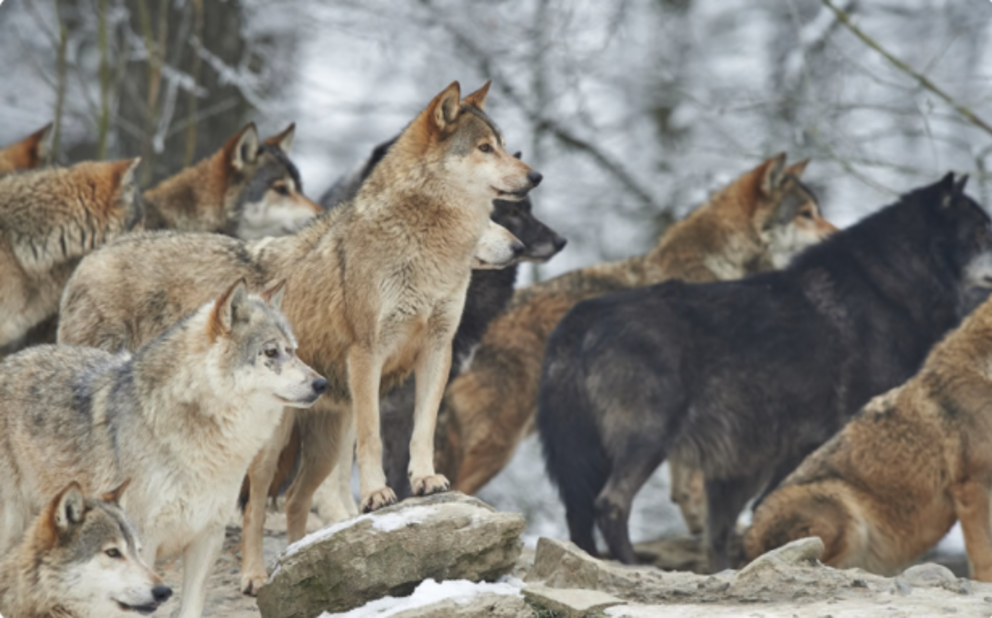
— Begin article —
“Although man domesticated his best friend from the wolf species at least 15,000 years ago, humans have long regarded the wolf as their worst enemy. This is evidence in many facets of our civilisation, for example the wolf prowls through stories such as Red Riding Hood, Peter and the Wolf or the Norse myth of the beast that will swallow the sun at Ragnarok [1]. But thankfully conservationists and scientists have influenced our thinking about wolves and shed light on the important role they play in sustaining ecosystems.
Before being hunted down by humans, the wolf was the most widely distributed land mammal in the world except man [2]. For example, the gray wolf’s range has been reduced by one-third [3]. Their decreased population has had serious implications for their local environment. Indeed, it is for this reason that in areas where wolves became extinct, authorities have taken steps to reintroduce them, as was the case in Yellowstone National Park in the US.
How wolves affect the ecosystem?
Keeping populations in check
As a large predator, wolves play a key role in regulating populations of other animals. Without them the balance in those ecosystems is upset. A 2001 study, for example, found that when wolves went extinct in Yellowstone, the moose population increased by five times and ravaged the woody vegetation which birds need to nest. As a result, several bird species were eliminated in the park [4].
What is more, wolves benefit other animals, like scavengers. Because they hunt down their prey, wolves leave leftovers behind that are the key source of food for a number of other species such as ravens, magpies, bald eagles, golden eagles, weasels, mink, lynx, cougar, grizzly bear, chickadees, masked shrew, great gray owl, and more than 445 species of beetle [4].
This is the most impressive list of species that depend on wolves! But wolves’ leftovers also benefit the soil. For example, studies have found that wolf-killed elk carcasses dramatically enhance the levels soil nutrients and nitrogen [4].
Maintaining good health of ecosystems
Wolves can also play an important role in limiting the negative effects of disease. For examples, deer and elk congregate in smaller groups when wolves are present which helps reduce the risk of transmission of illnesses like Chronic Wasting Disease. This disease is a major threat to elk and deer; wolves also help by reducing sick animals’ lifespans and in turn limiting the amount of time they have to spread infections [4].
Similarly, tick-borne Encephalitis (TBE) is a serious life-long disease with no known cure. A Swedish study found that an increase in the numbers of red fox was correlated with an increase in the number of human cases of TBE. But with wolves able to regulate the number of foxes, researchers wonder whether the frequency of human TBE could be reduced by restoring wolf populations [2].
What is more, the positive effects of wolf population can also be seen once the species is reintroduced. A very illustrative case is that of Yellowstone National Park where the last wolf was killed in 1926. A wolf reintroduction program was launched in 1995 and today there are currently around 100 wolves in the park [3].
Positive effects of reintroducing wolves to the Yellowstone National Park
Since the reintroduction of wolves to the National Park, they have created a chain of positive changes in the local ecosystem; this is often referred to as a “trophic cascade” effect. With wild wolves roaming the grounds, the elk and deer have become stronger, the aspens and willows are growing healthier and the grasses taller.
This happens as a result of a series of chain reactions started off by the presence of wolves. For example, when wolves hunt elk, the elk are forced to run faster and farther. As the elk run, their hooves aerate the soil, allowing more grasses to grow. Since wolves are hunting them, the elk cannot remain stationary for too long, and as a result aspens and willows in one area are not heavily grazed, and therefore can fully recover between migrations.
Few of us would think that the presence of wolves could trigger this set of positive reactions. But the improving situation in Yellowstone is testament to the importance of wolves.
Many other examples of ways in which the presence of wolves has vastly improved the ecosystem also exist, such as the regulation of coyote populations whose populations was previously nearly out of control in Yellowstone. The reduction of coyotes meant that more food was available for other species such as raptors like the eagle and osprey, which are now also making a comeback.
With our increasing knowledge of wolves, maybe there is a case for starting to tell a different story to our children about this majestic species – one that moves away from depicting them as the “big bad wolf”.
Yellowstone National Park

Yellowstone National Park ensures the long-term viability of wolves in Greater Yellowstone and provides a place for research on how wolves may affect many aspects of the ecosystem. NPS / Jim Peaco
“Although wolf packs once roamed from the Arctic tundra to Mexico, loss of habitat and extermination programs led to their demise throughout most of the United States by the early 1900s. In 1973, the U.S. Fish and Wildlife Service (FWS) listed the northern Rocky Mountain wolf (Canis lupus) as an endangered species and designated Greater Yellowstone Ecosystem (GYE) as one of three recovery areas.
From 1995 to 1997, 41 wild wolves from Canada and northwest Montana were released in Yellowstone. As expected, wolves from the growing population dispersed to establish territories outside the park, where they are less protected from human-caused mortalities. The park helps ensure the species’ long-term viability in GYE and has provided a place for research on how wolves may affect many aspects of the ecosystem. January 12, 2020, marked the 25th anniversary since wolves returned to Yellowstone.
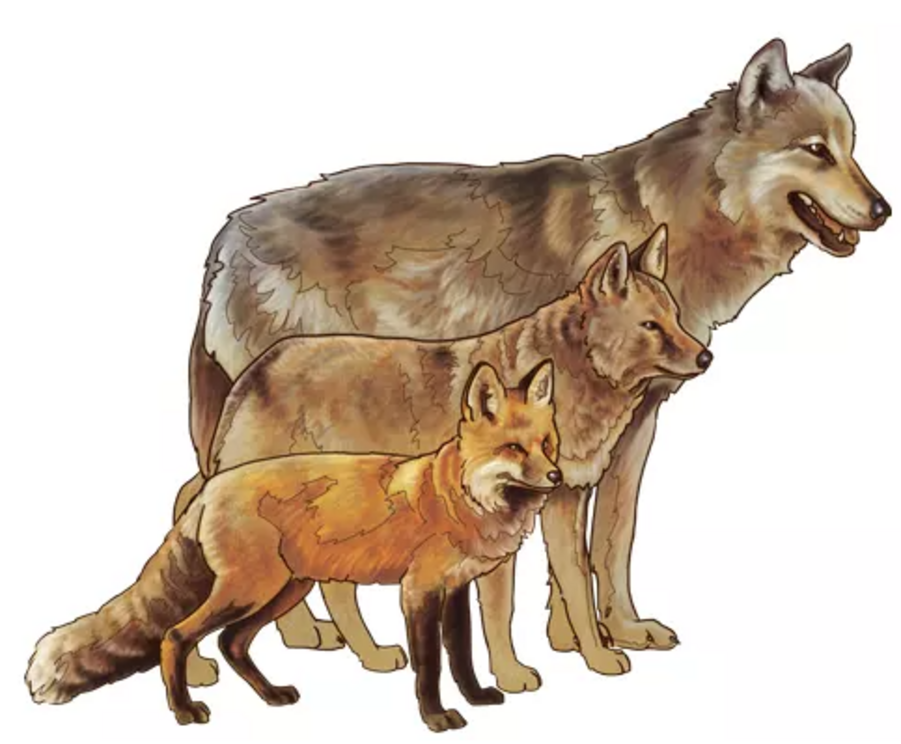 Wolves (back) are larger than coyotes (middle) and red foxes (front).
Wolves (back) are larger than coyotes (middle) and red foxes (front).
Wolves consume a wide variety of prey, large and small. They efficiently hunt large prey that other predators cannot usually kill. In Yellowstone, 90% of their winter prey is elk; 10–15% of their summer prey is deer. They also kill bison.
Many other animals benefit from wolf kills. For example, when wolves kill an elk, ravens and magpies arrive almost immediately. Coyotes arrive soon after, waiting nearby until the wolves are sated. Bears will attempt to chase the wolves away, and are usually successful. Many other animals—from eagles to invertebrates—consume the remains….
The Northern Range is the hub of wildlife in Yellowstone National Park. Occupying just 10 percent of the park, it is winter range for the biggest elk herd in Yellowstone and is arguably the most carnivore-rich area in North America. Early management of predators caused dynamic changes to the ecosystem. The reappearance of carnivores on the landscape has had significant and sometimes unexpected impacts on the resident grazers and their habitat.”
Gray Wolf – Yellowstone National Park (U.S. National Park Service) (nps.gov)

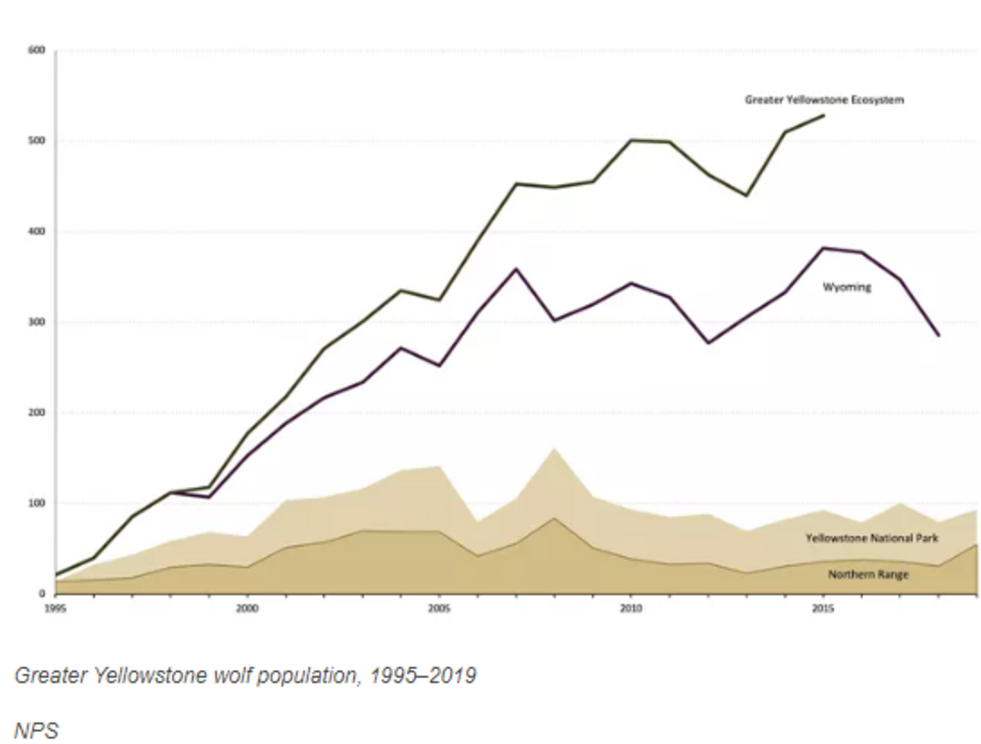
Wolves in the Northern Rocky Mountains have met the FWS’s criteria for a recovered wolf population since 2002.
1995 marked the year wolves returned to Yellowstone. Learn more about this journey.” (HERE)

Video can be accessed at source link below.

